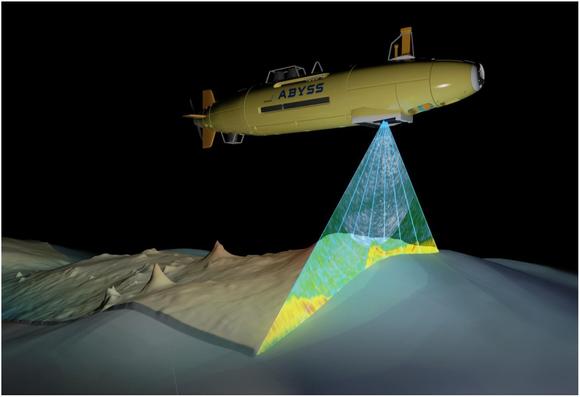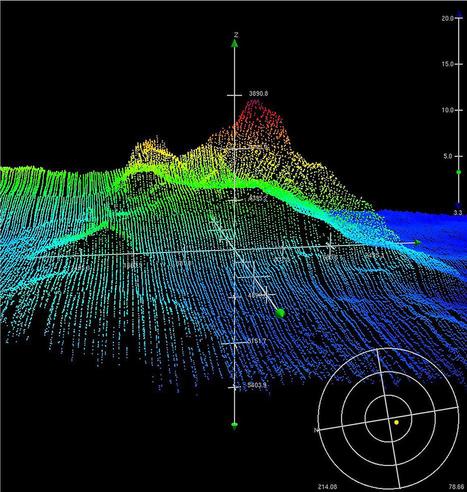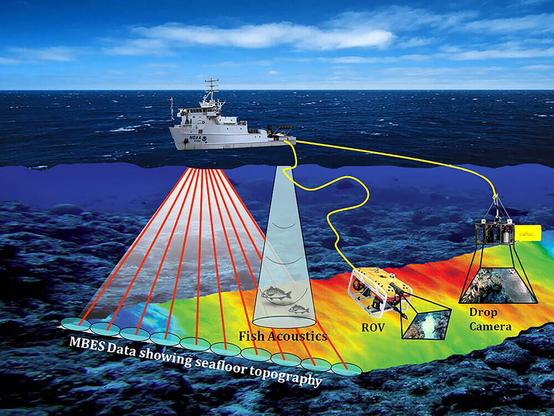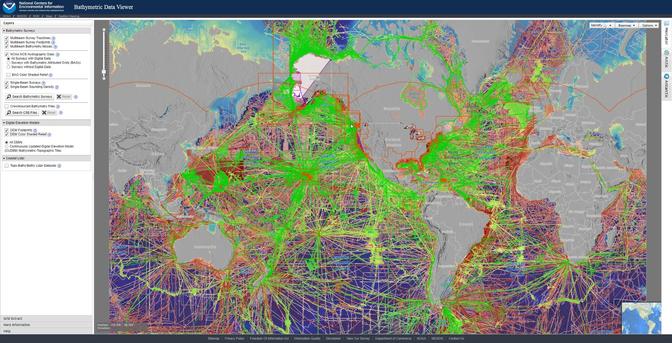"
Ein internationales Forschungsteam entdeckte die größten jemals beobachteten Plasmastrahlen eines Schwarzen Lochs. Diese sogenannten „Jets“ haben eine Gesamtlänge von 23 Lichtjahren und reichen damit erheblich weiter durch das Universum als bisher bekannt. Eine Pressemitteilung des Deutschen Zentrums für Luft- und Raumfahrt (DLR).
"
https://www.raumfahrer.net/dlr-gigantische-plasmastrahlen-eines-schwarzen-lochs-ueberraschen-fachwelt/
18.9.2024
#Astronomie #Astrophysik #DESI #DLR #Galaxien #GMRT #Jet #KeckObservartorium #LOFAR #Porphyrion #SchwarzesLoch



